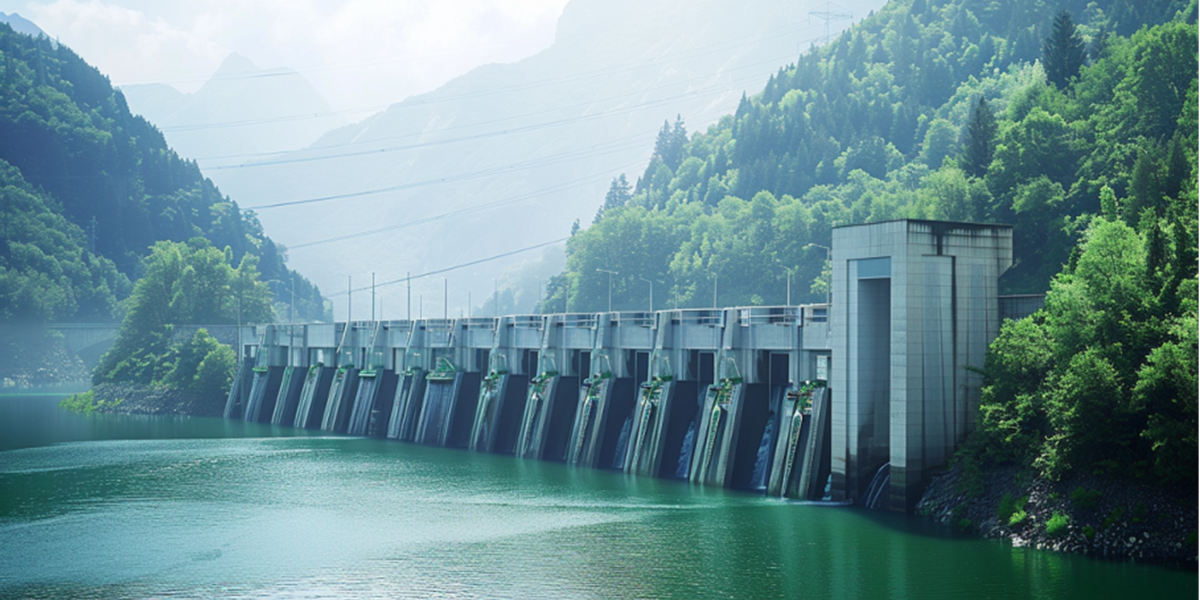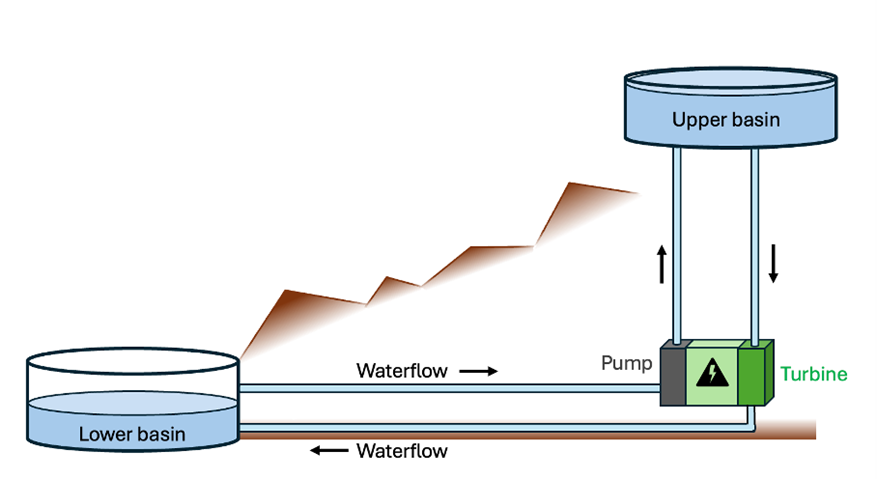Luca Campion graduated with great distinction in June 2019 with a Master's degree in Business Engineering from Hasselt University, specializing in Technology in Business. During his master's studies, he gained valuable consultancy experience through an internship. After graduating, he remained affiliated with Hasselt University, working as a doctoral researcher in the Environmental Economics research group. In both his master's thesis and his doctoral research, Luca focused on integrating techno-economic and life cycle analysis, particularly in the context of biochar, a biobased technology for carbon dioxide removal. In February 2024, Luca joined the strategic team at Econopolis as a Climate Consultant.
The societal impact of dropping things

With the demand for green energy rising to facilitate the climate transition, all efforts are being directed towards deploying renewable energy sources. Commissioning of wind and solar energy is at an all-time high, and while these sources will undoubtedly spearhead the energy transition, there are still some concerns that need addressing. One major concern is the storage of the energy produced, as these natural energy sources do not align with our consumption patterns—energy supply and demand do not always coincide. Storing this energy can reduce waste, ensuring we can still benefit from wind and solar power, regardless of when our clothes need washing.
The first solution that often comes to mind for electric energy storage is batteries. They power everything from our phones and cars to laptops and other portable devices. Standard lithium-ion batteries will certainly play a significant role in energy storage; however, they also have drawbacks. Their reliance on critical raw materials necessitates innovative approaches to reusing, repurposing, and recycling to avoid resource depletion. Additionally, the environmental and societal impacts of current mining practices mean that batteries are not a panacea for energy storage issues.
Fortunately, just as with energy production, we can utilize natural forces for energy storage. A prime example is the gravity battery, a type of electrical energy storage system that converts excess electrical energy into gravitational potential energy. The most prevalent form today is pumped-storage hydroelectricity, which had a worldwide capacity of 168 GW in 2019. When energy is generated by renewable sources and demand is low (e.g., when washing machines are off), electricity can be stored by pumping water from a lower reservoir to an upper reservoir. The energy is then released back into the electricity grid during peak demand by allowing the water to flow back down through turbines. This system is approximately 90% efficient, equal to or better than batteries, but with almost no environmental impact over its unlimited lifespan, offering significant advantages over lithium-ion batteries. Moreover, this method of storing energy should be more cost-effective, an important consideration in the costly climate transition.

Figure 1: pumped-storage hydroelectricity schematic overview. Source: Econopolis Strategy
Building on the concept of pumped-storage hydroelectricity, other innovative technologies have emerged. One such concept is energy storage by rail, where heavy train cars are pushed uphill and later released, harnessing the stored energy through regenerative braking, akin to what electric vehicles do when braking. An alternative approach has also been conceived: buoyant gas containers are submerged by a winch, and as the water naturally brings the containers back to the surface, energy is released.
Taking this concept even further, the Scottish company Gravitricity plans to retrofit a Finnish mine to demonstrate their groundbreaking technology: using mining sites to hoist heavy weights with excess energy and lower them when energy is needed. The Pyhäsalmi mine in Finland, with its 1,400-metre-deep shafts, has the potential to store 2 MW of energy. Gravitricity aims to integrate this solution into mine decommissioning activities. Research by the International Institute for Applied Systems Analysis (IIASA) suggests that such technology could store up to 70 TWh of energy in abandoned mines, sufficient to satisfy global electricity demands. Additional advantages include efficient retrofitting, as mines are already connected to the electricity grid, and the mitigation of job losses in decommissioned mines.
Gravity batteries are a remarkable illustration of harnessing nature's forces to foster a sustainable future. So, the next time you find yourself dropping and picking something up, remember, you might just stumble upon the next innovative solution for our climate transition.